New Orleans courtyard gardens represent one of the city’s most enchanting architectural traditions, hidden behind wrought-iron gates and historic facades throughout the French Quarter and beyond. These intimate outdoor spaces evolved from Spanish colonial design principles, creating private oases that provide relief from the subtropical climate while showcasing lush plantings that thrive in Louisiana’s unique environment.
Each courtyard tells a story of adaptation, blending European garden traditions with tropical plants and Creole sensibilities to create something distinctly New Orleans. Many of these gardens remain private, but others welcome visitors through historic house tours, boutique hotels, restaurants, and cultural institutions that understand their role as stewards of this living heritage.
Here is a list of 20 New Orleans courtyard gardens that offer glimpses into the city’s most intimate and beautiful outdoor spaces.
Cabildo Courtyard

The Cabildo’s courtyard garden sits at the heart of one of New Orleans’ most important historic buildings on Jackson Square. This formal space features geometric plantings and brick pathways that reflect the Spanish colonial period when the building served as the seat of government.
The garden’s banana trees and subtropical plantings create a lush backdrop for the museum’s collections while providing visitors a quiet respite from the bustling French Quarter streets just beyond the walls.
Presbytère Courtyard
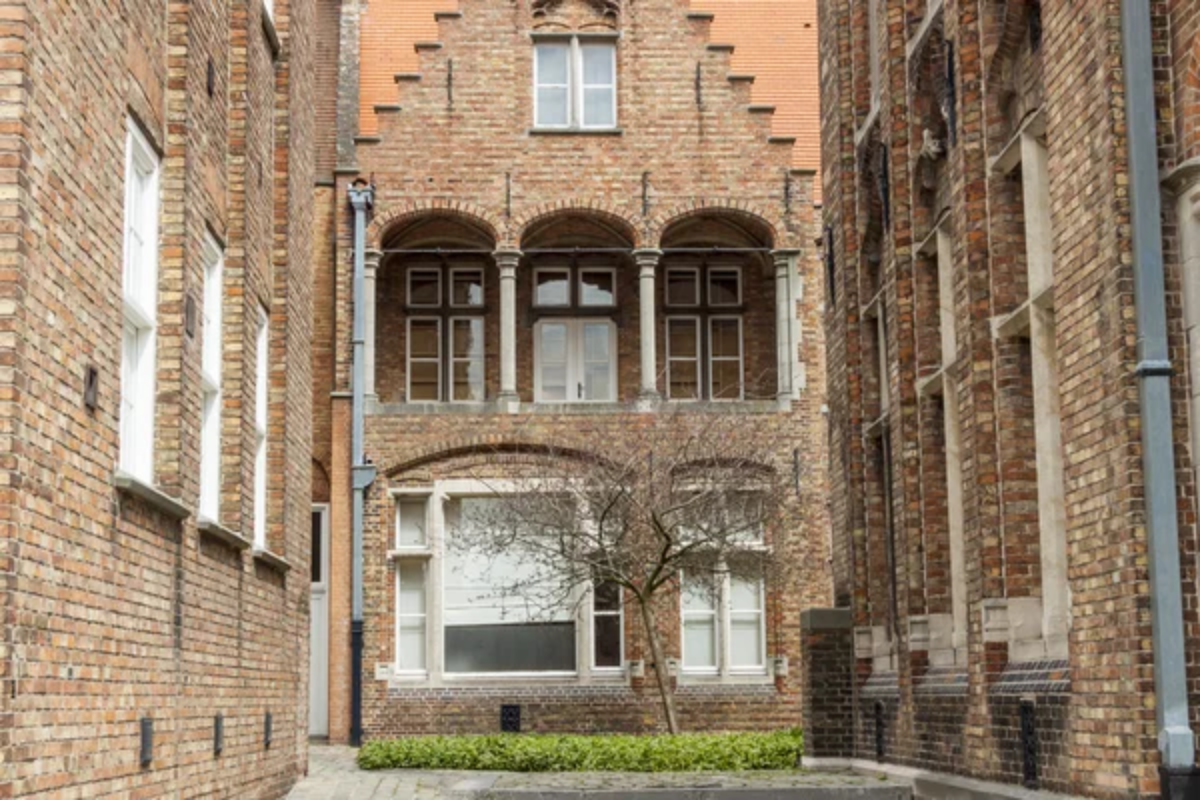
Adjacent to the Cabildo, the Presbytère courtyard demonstrates how institutional gardens can maintain historical authenticity while serving modern educational purposes. The space features period-appropriate plantings, including crepe myrtles, magnolias, and native Louisiana plants that would have been familiar to 18th-century residents.
This courtyard’s brick pathways and formal layout provide an elegant setting for the Louisiana State Museum’s programs while showcasing traditional New Orleans garden design principles.
Like Travel Pug’s content? Follow us on MSN.
Napoleon House Courtyard
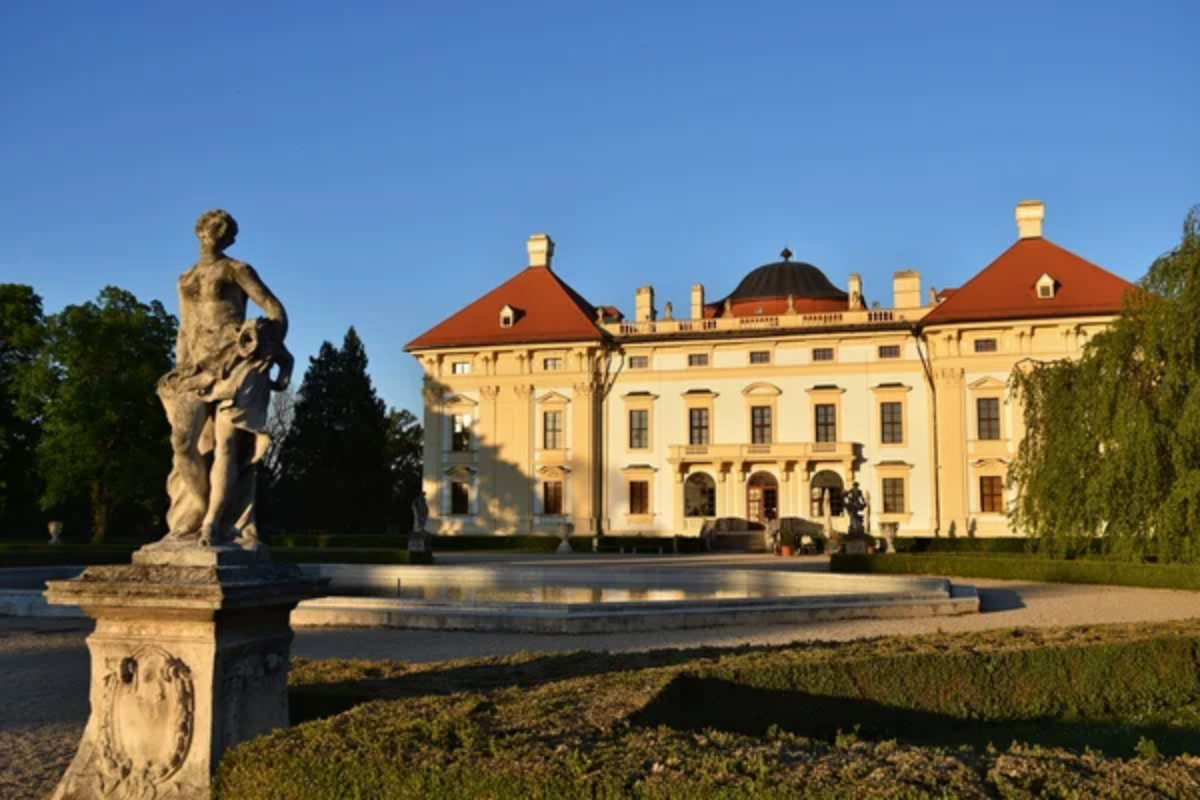
The Napoleon House courtyard captures the romantic decay that defines much of New Orleans’ appeal, with weathered brick walls supporting climbing vines and tropical plants. This intimate space behind the famous bar and restaurant features the kind of organic growth that happens when a subtropical climate meets historic architecture over decades.
The garden’s casual plantings of ferns, banana trees, and flowering vines create an atmosphere that feels both cultivated and wild, perfectly matching the building’s storied history.
Hotel Monteleone Rooftop Garden
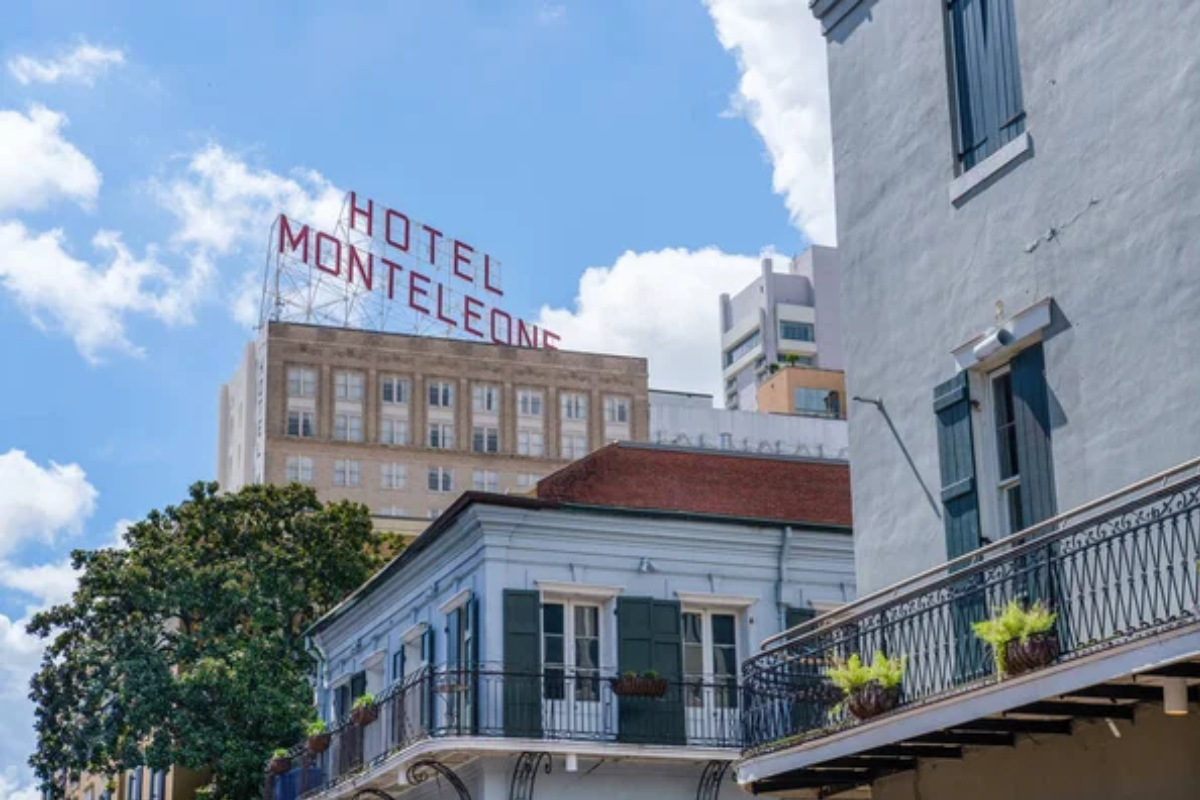
While technically not a traditional courtyard, the Hotel Monteleone’s rooftop garden demonstrates how New Orleans garden traditions have adapted to modern urban settings. This elevated space features container plantings and designed landscapes that provide guests with panoramic views of the French Quarter while maintaining the intimate scale that characterizes traditional courtyard gardens.
The garden’s subtropical plantings and formal design elements connect it to the city’s garden heritage while serving contemporary hospitality needs.
Beauregard-Keyes House Garden
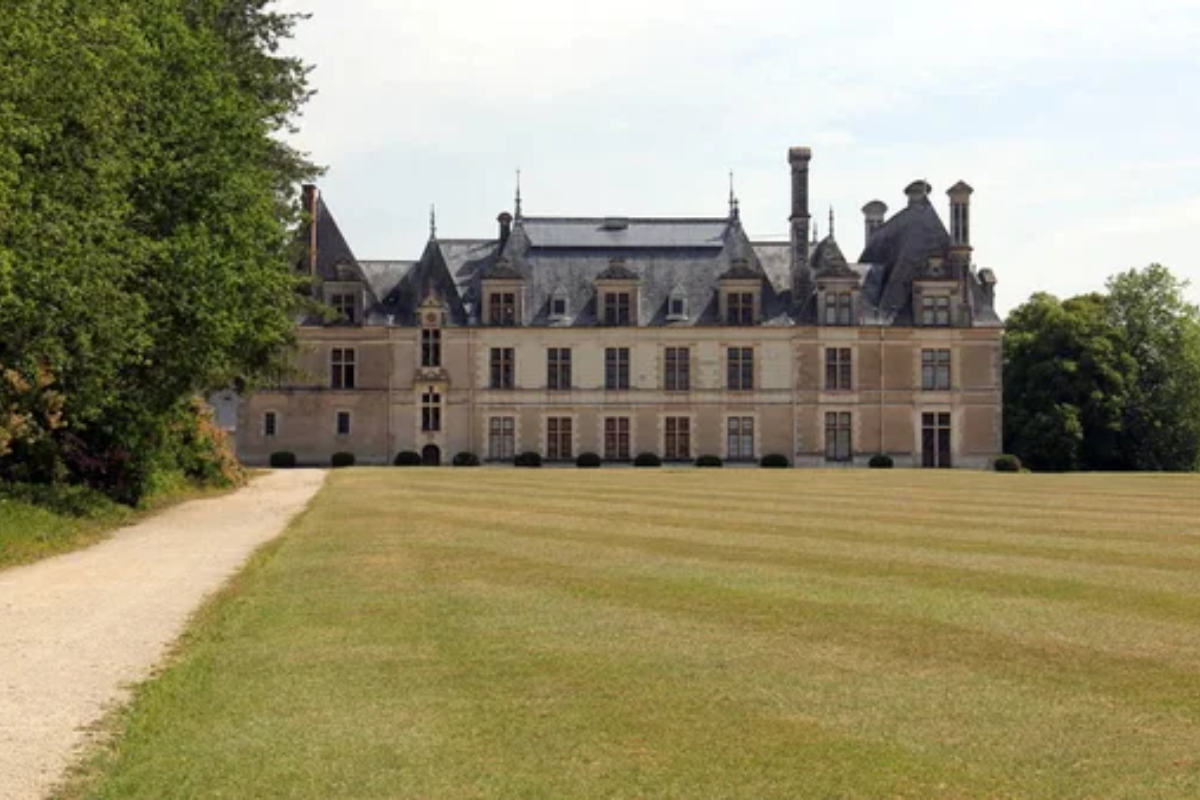
The Beauregard-Keyes House garden showcases how historic preservation can maintain authentic period landscapes while making them accessible to modern visitors. This formal parterre garden features boxwood hedges, seasonal flowers, and fruit trees arranged in geometric patterns that reflect 19th-century garden design.
The space demonstrates how wealthy New Orleans families created outdoor living areas that provided both beauty and practical benefits, like fresh herbs and vegetables for their households.
Like Travel Pug’s content? Follow us on MSN.
Gallier House Courtyard
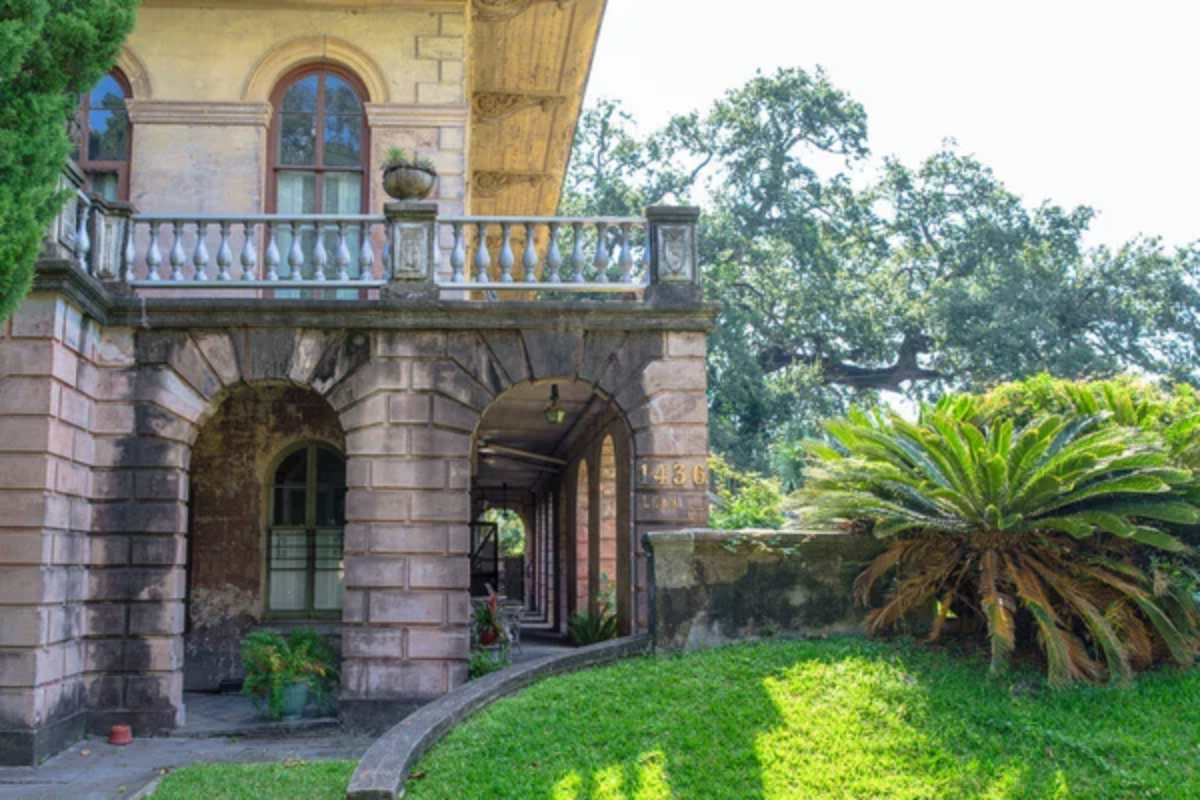
The Gallier House courtyard illustrates the practical aspects of 19th-century New Orleans garden design, with brick pathways, functional plantings, and architectural features that made outdoor living comfortable in the subtropical climate. This restored space features period-appropriate plants, including citrus trees, herbs, and flowering shrubs that would have served both decorative and utilitarian purposes.
The courtyard’s design shows how New Orleans families balanced formal garden traditions with the practical needs of daily life in a challenging climate.
Madame John’s Legacy Courtyard

This Creole cottage’s courtyard garden represents one of the most authentic examples of 18th-century New Orleans outdoor living spaces. The brick-paved area features simple plantings that emphasize functionality over ornament, including herbs, small fruit trees, and shade plants that would have been essential for comfortable outdoor life.
The garden’s understated design reflects the practical approach that many New Orleans families took to creating livable outdoor spaces within the constraints of narrow urban lots.
Williams Research Center Garden
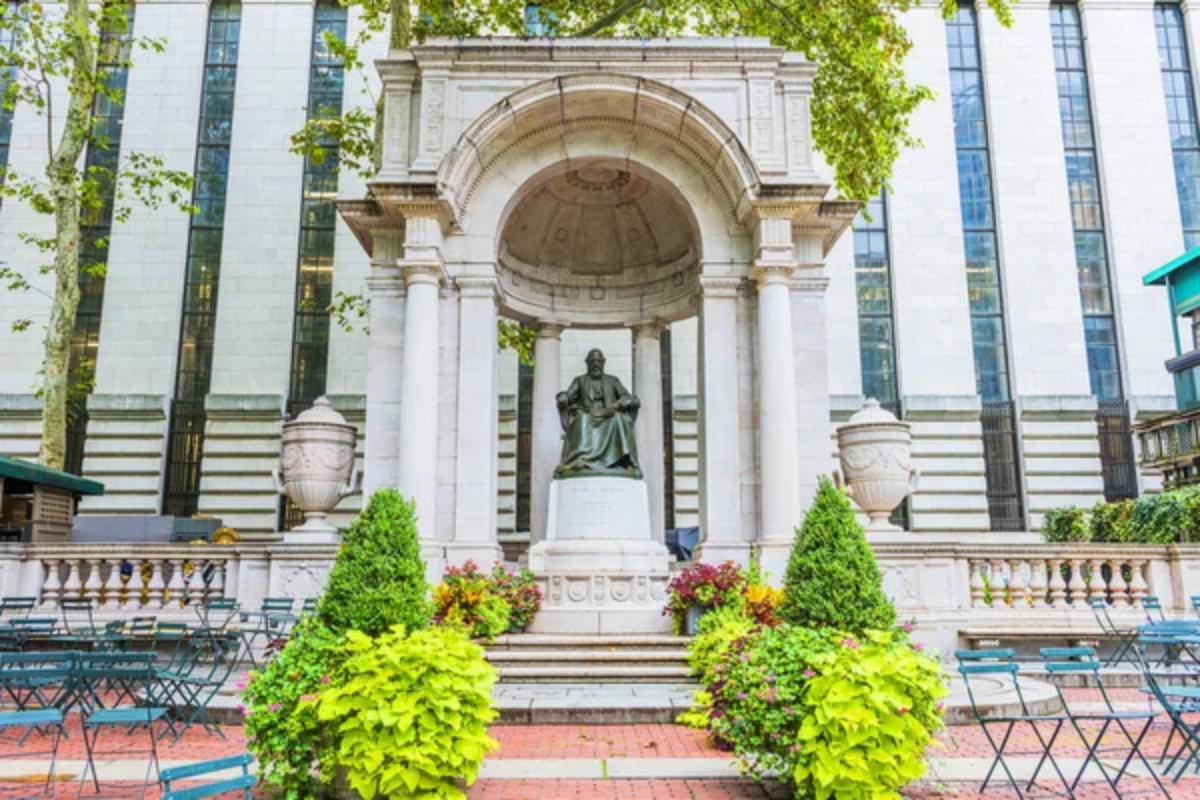
The Williams Research Center’s courtyard garden serves as both a functional space for the Historic New Orleans Collection and a demonstration of how institutional gardens can preserve traditional design elements. This formal space features geometric plantings, brick pathways, and architectural details that reflect New Orleans garden traditions while serving modern research and educational functions.
The garden’s design shows how historic institutions can maintain authentic outdoor spaces that enhance their mission while serving practical needs.
Like Travel Pug’s content? Follow us on MSN.
Antoine’s Restaurant Courtyard

Antoine’s famous courtyard dining area demonstrates how New Orleans restaurants have long understood the appeal of outdoor dining in garden settings. This intimate space features lush plantings that create a sense of enclosure and privacy while providing natural cooling through shade and transpiration.
The garden’s mature trees, climbing vines, and tropical plants create an atmosphere that feels both elegant and relaxed, perfectly complementing the restaurant’s famous Creole cuisine.
Court of Two Sisters Courtyard

The Court of Two Sisters courtyard showcases how restaurant gardens can become destinations in their own right, with elaborate plantings and design features that create a memorable dining experience. This large courtyard features winding pathways, multiple seating areas, and diverse plantings that include everything from banana trees to seasonal flowers.
The space illustrates how New Orleans courtyard traditions have evolved to serve commercial functions while preserving their essential charm as intimate outdoor rooms.
Lafitte’s Blacksmith Shop Courtyard
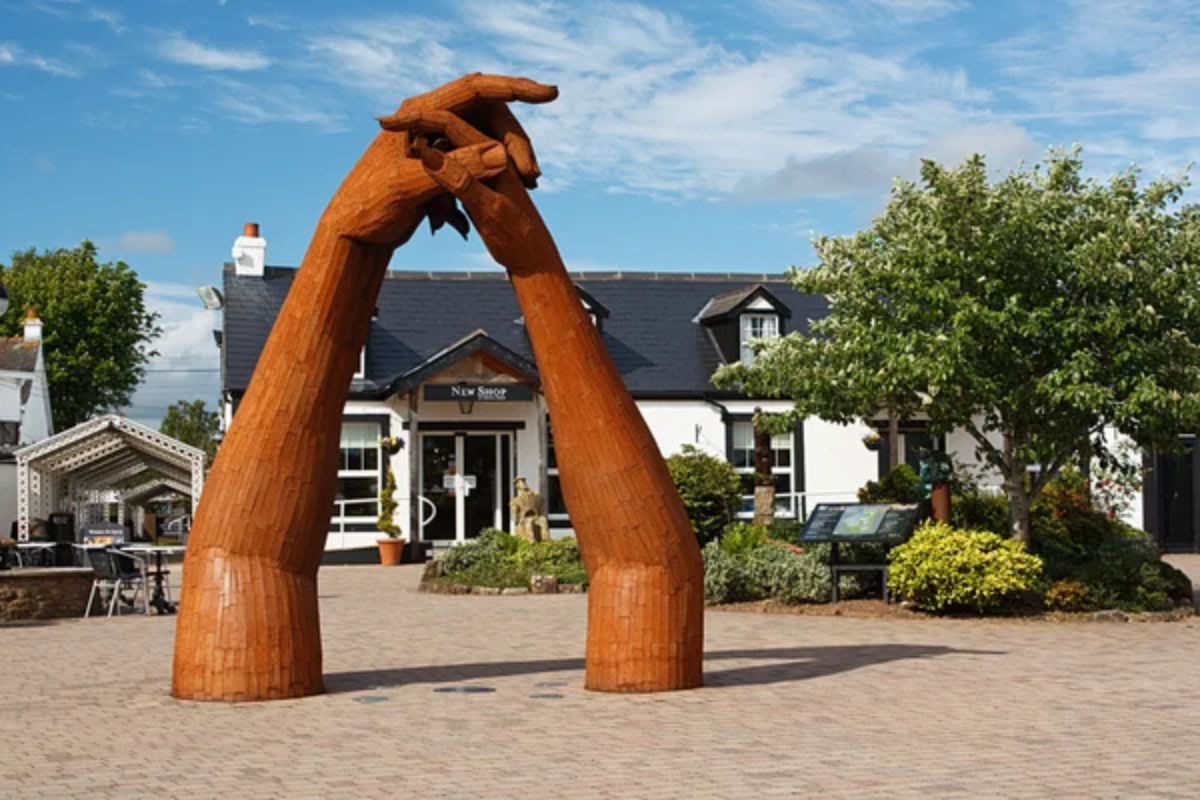
Behind one of New Orleans’ most atmospheric bars, this small courtyard captures the mysterious quality that makes French Quarter gardens so appealing. The space features weathered brick walls, climbing vines, and shade plants that create a sense of discovery and hidden beauty.
This garden’s informal plantings and organic growth patterns reflect the way many New Orleans courtyards develop over time, with nature and architecture finding their balance.
Like Travel Pug’s content? Follow us on MSN.
Pat O’Brien’s Courtyard
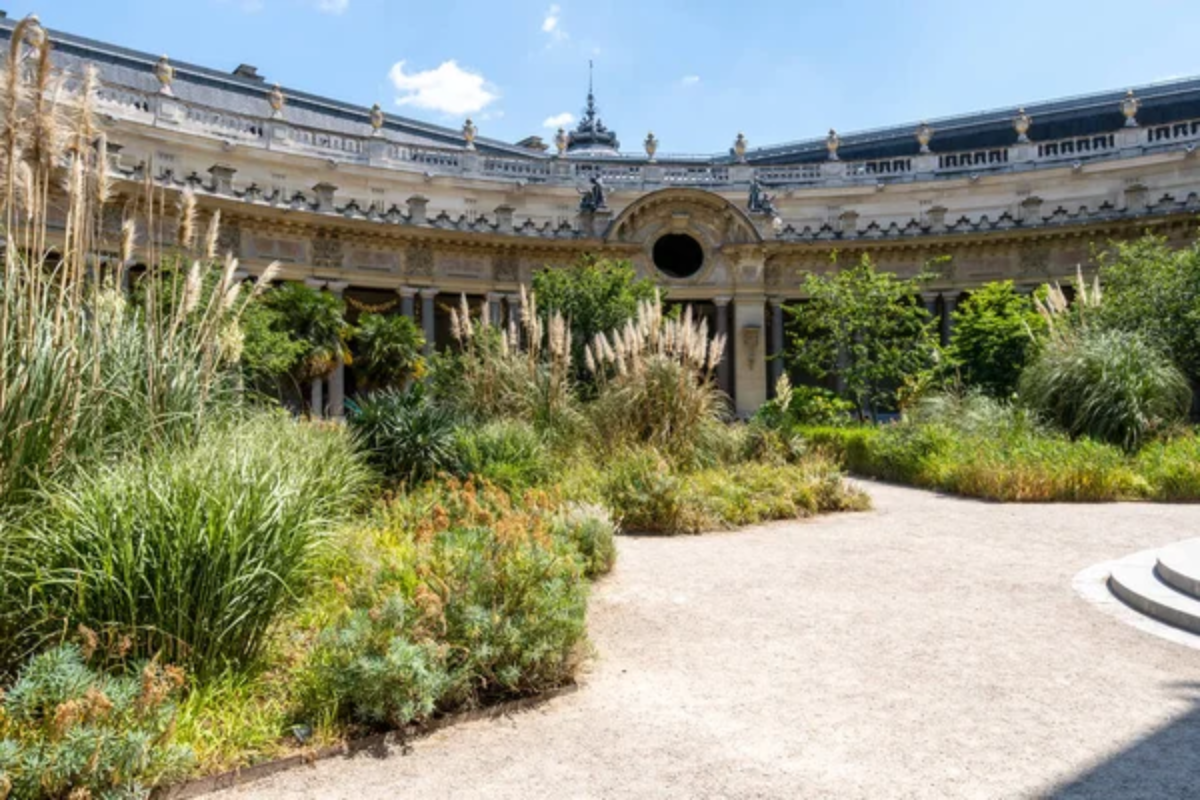
Pat O’Brien’s famous courtyard demonstrates how entertainment venues can create outdoor spaces that feel both festive and intimate. This large courtyard features mature oak trees, a flowing fountain, and lush plantings that provide natural cooling while accommodating crowds of visitors.
The garden’s design shows how New Orleans courtyard traditions can be scaled up to serve commercial purposes while maintaining the essential qualities that make these spaces special.
Omni Royal Orleans Courtyard
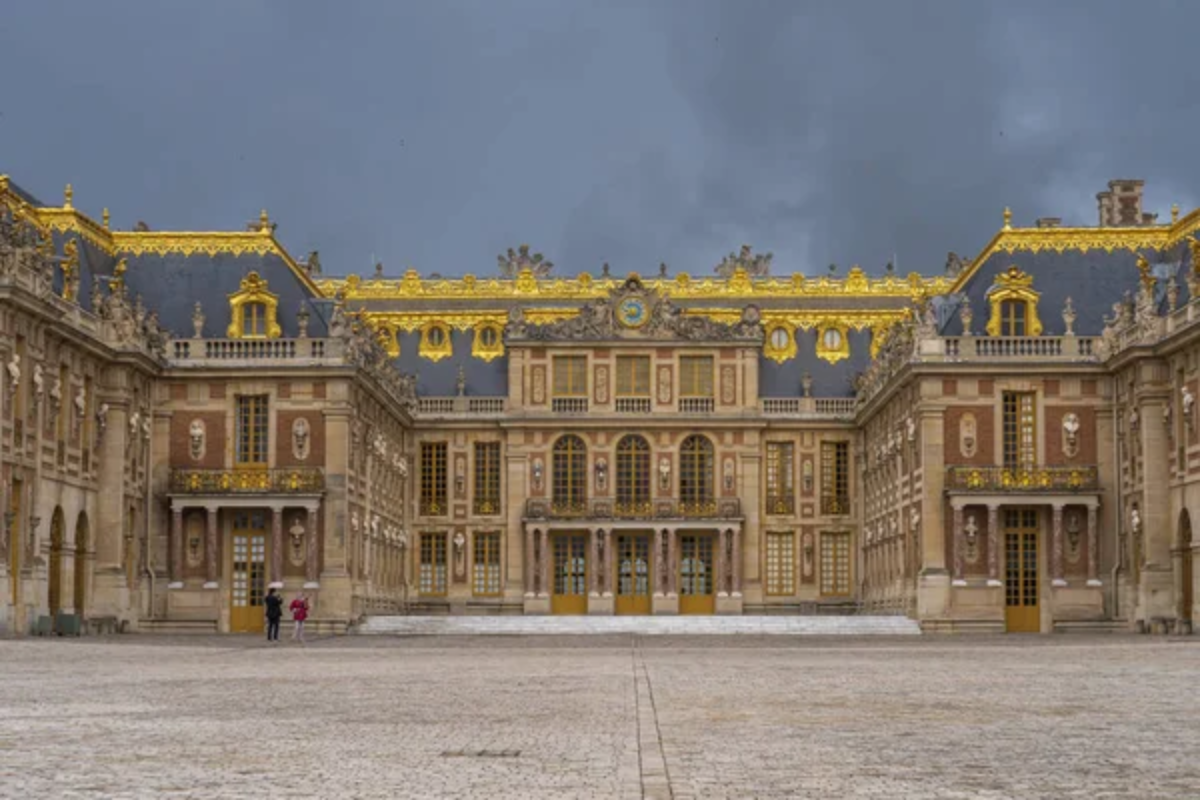
The Omni Royal Orleans courtyard illustrates how modern hotels can incorporate traditional New Orleans garden elements into contemporary hospitality design. This formal space features geometric plantings, elegant hardscaping, and subtropical plants arranged to create visual interest while providing guests with a tranquil retreat.
The garden’s design bridges historical authenticity and modern comfort, showing how courtyard traditions continue to evolve.
Hotel Provincial Courtyard
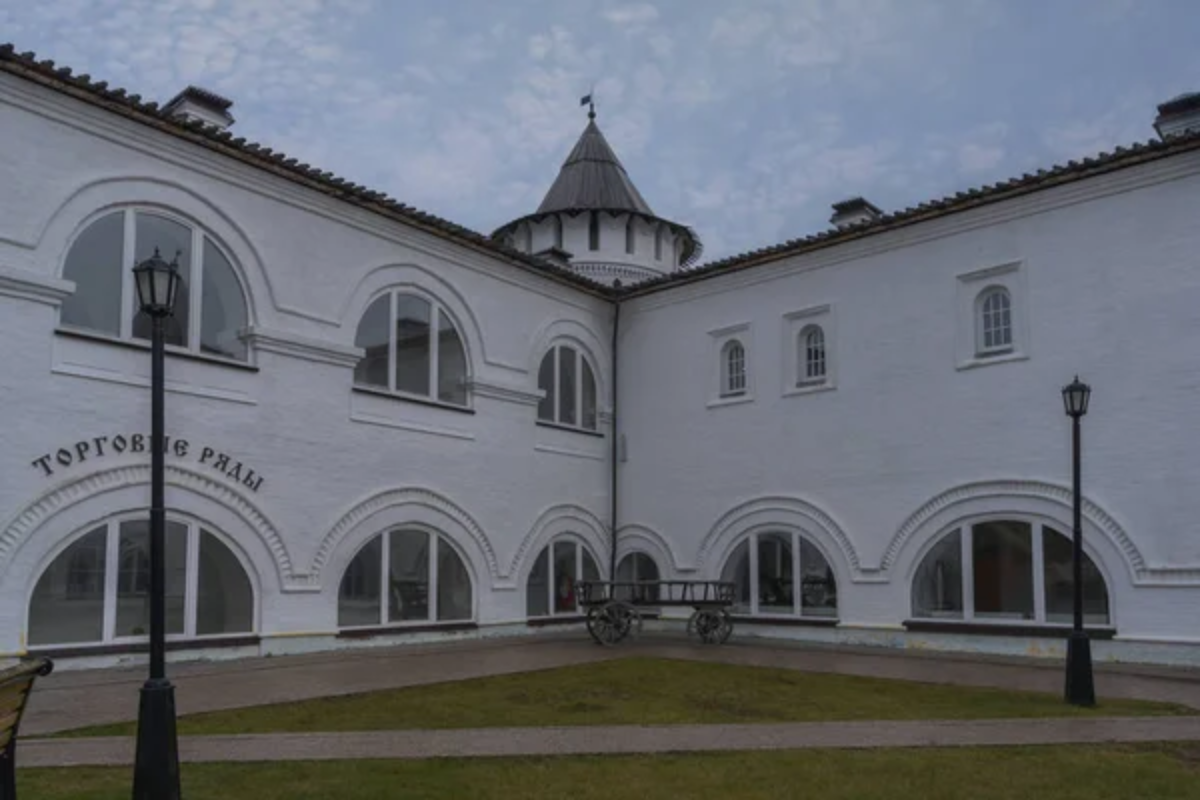
The Hotel Provincial’s courtyard garden demonstrates how adaptive reuse can preserve historic garden spaces while serving new functions. This intimate courtyard features brick pathways, mature plantings, and architectural details that reflect the building’s 19th-century origins while accommodating modern hotel operations.
The space shows how sensitive renovation can maintain the essential character of New Orleans courtyard gardens while adapting them for contemporary use.
Like Travel Pug’s content? Follow us on MSN.
Le Richelieu Hotel Courtyard

Le Richelieu’s courtyard garden showcases the intimate scale that makes New Orleans courtyard gardens so appealing to visitors seeking refuge from urban intensity. This small space features dense plantings, comfortable seating areas, and design elements that create a sense of privacy and tranquility.
The garden demonstrates how even modest courtyards can provide significant environmental and psychological benefits through thoughtful plant selection and design.
Soniat House Courtyard
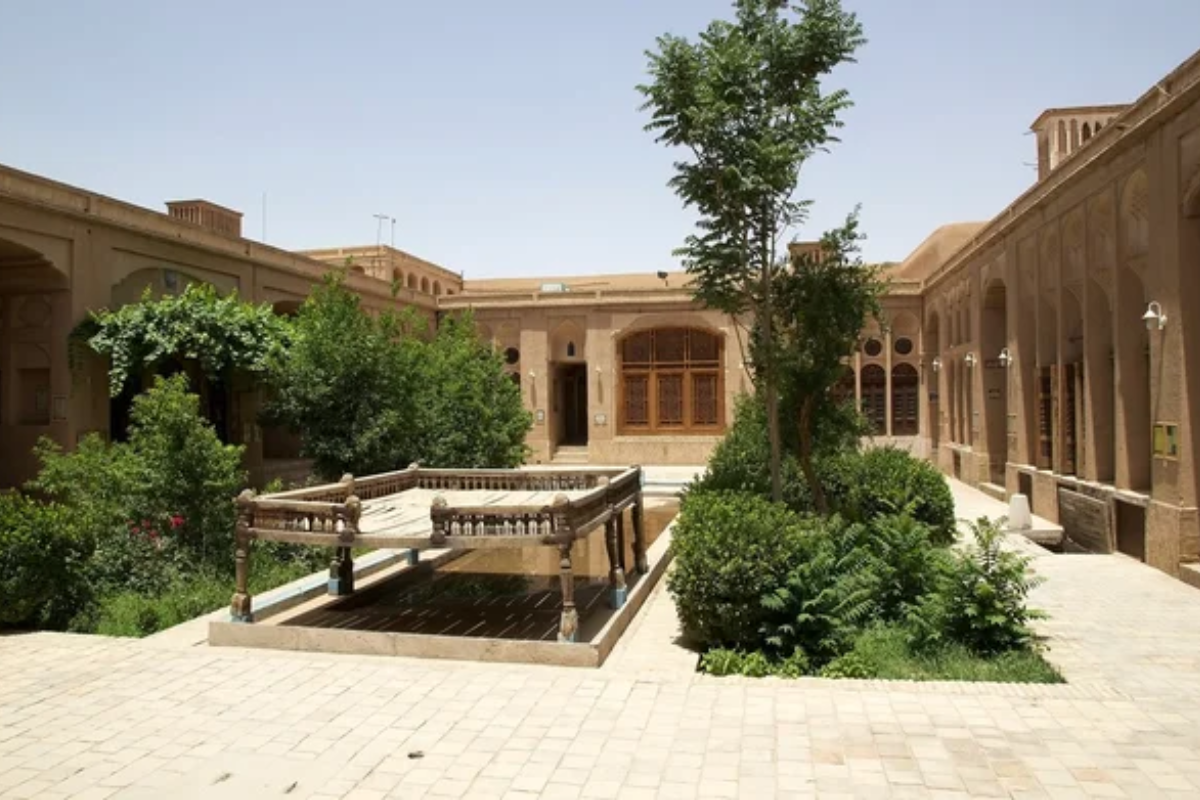
The Soniat House courtyard represents the pinnacle of New Orleans boutique hotel garden design, with sophisticated plantings and architectural details that create an atmosphere of refined elegance. This formal space features carefully selected plants, high-quality hardscaping, and design elements that reflect both historical authenticity and contemporary luxury.
The garden shows how traditional courtyard elements can be executed at the highest level of craftsmanship and design sophistication.
Maison de Ville Courtyard
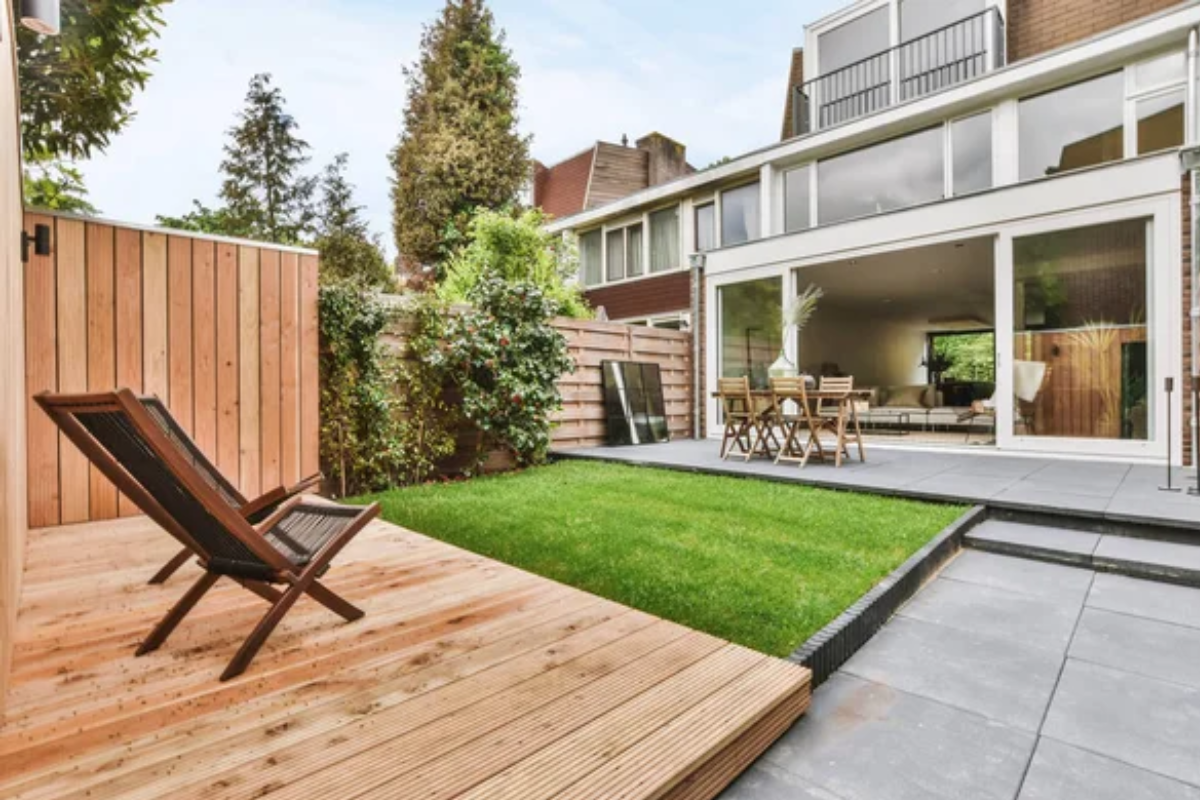
The Maison de Ville courtyard captures the romantic atmosphere that draws visitors to New Orleans, with lush plantings and weathered architectural details that create a sense of timeless beauty. This intimate space features climbing vines, shade trees, and flowering plants arranged to create visual layers and seasonal interest.
The garden demonstrates how successful courtyard design balances cultivation with the kind of organic growth that gives New Orleans gardens their distinctive character.
Like Travel Pug’s content? Follow us on MSN.
Hotel Villa Convento Courtyard

The Hotel Villa Convento courtyard illustrates how historic buildings can maintain authentic garden spaces while serving modern hospitality functions. This small courtyard features period-appropriate plantings, brick pathways, and architectural details that reflect the building’s 19th-century Creole cottage origins.
The space shows how preservation-minded property owners can maintain historical authenticity while adapting spaces for contemporary use.
Dauphine Orleans Hotel Courtyard

The Dauphine Orleans Hotel courtyard demonstrates how larger hotel properties can create multiple outdoor spaces that maintain the intimate character of traditional New Orleans courtyard gardens. This complex includes several connected courtyards with varying degrees of formality and different planting schemes that provide guests with diverse outdoor experiences.
The gardens show how courtyard design principles can be applied at different scales while maintaining their essential qualities.
Historic New Orleans Collection Courtyards
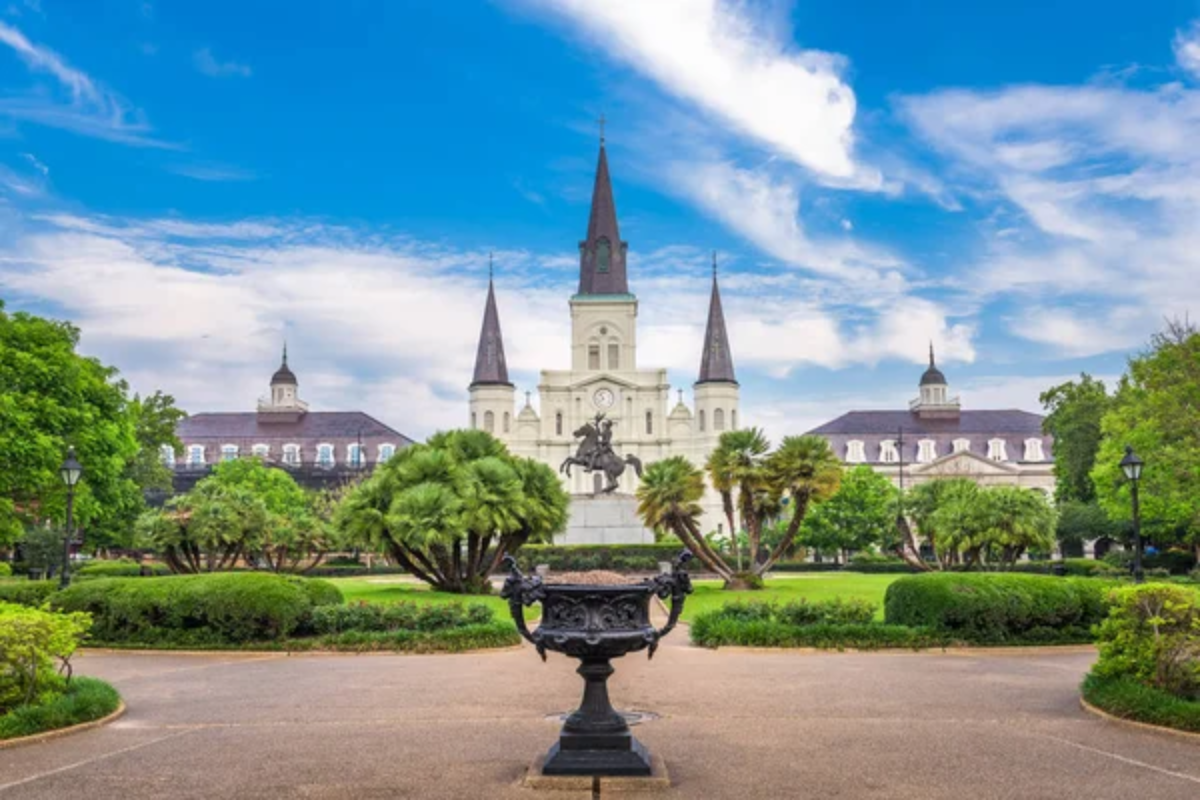
The Historic New Orleans Collection maintains several courtyard gardens that serve as both functional spaces for the institution and examples of period-appropriate garden design. These formal spaces feature geometric plantings, brick pathways, and architectural details that demonstrate how institutional gardens can preserve historical authenticity while serving educational purposes.
The courtyards show how cultural institutions can be effective stewards of New Orleans garden traditions while making them accessible to the public.
Like Travel Pug’s content? Follow us on MSN.
Living Heritage Behind Garden Gates
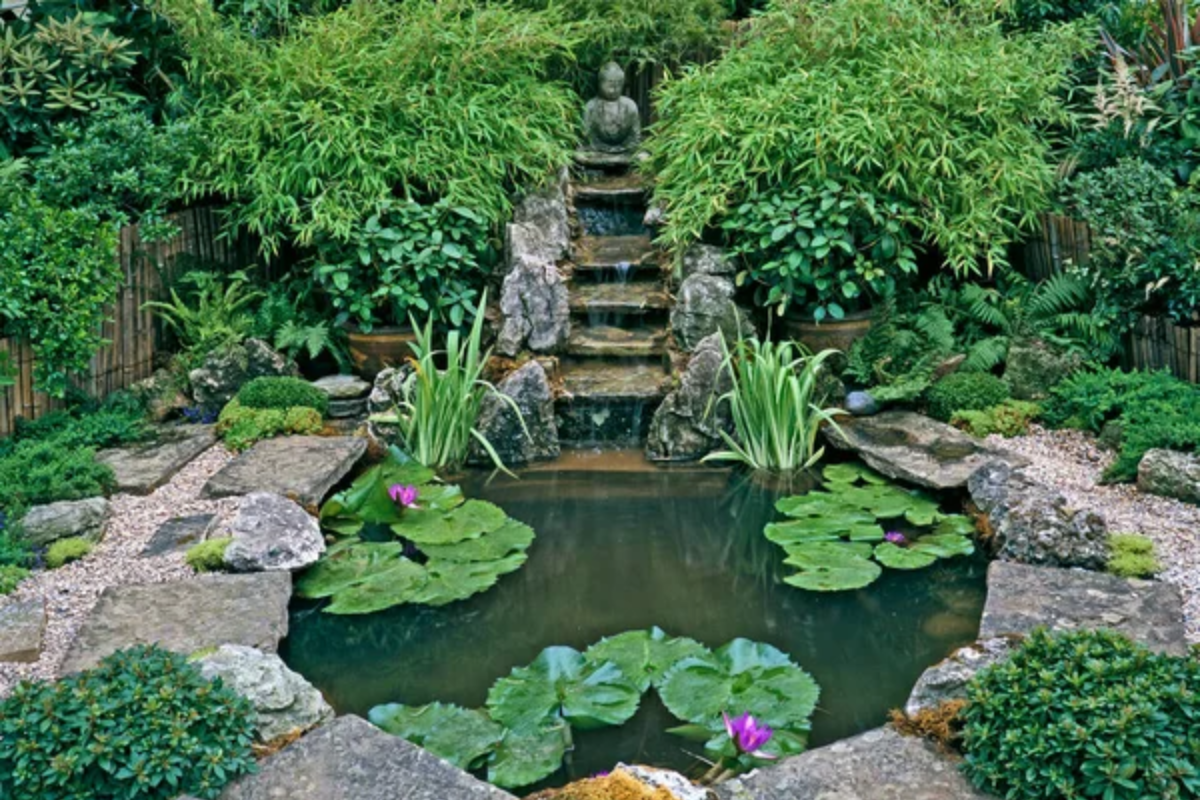
These remarkable courtyard gardens continue to evolve while maintaining their essential role in New Orleans’ urban fabric. They provide private oases that make dense city living not just tolerable but genuinely pleasurable. The tradition that began with Spanish colonial design principles has adapted to serve restaurants, hotels, museums, and private residences while preserving the intimate scale and lush plantings that define the New Orleans garden aesthetic.
Each courtyard represents a small act of defiance against urban hardscape, proving that even in the heart of a busy city, it remains possible to create spaces where architecture and nature exist in perfect harmony. These gardens remind us that some of the most beautiful spaces are those that remain partially hidden, revealed only to those who take the time to look beyond the street facade to discover the green treasures waiting just beyond the wrought-iron gates.
More from Travel Pug

- 20 Best Beach Towns in the Carolinas
- 13 Destinations Where Tourists Regularly Regret Their Trip
- 20 Destinations That Are More Magical Without an Itinerary
- 20 Underrated Adventures That Belong on Your Travel List
- 20 Cities Where You Should Just Wing It, No Planning Required
Like Travel Pug’s content? Follow us on MSN.
